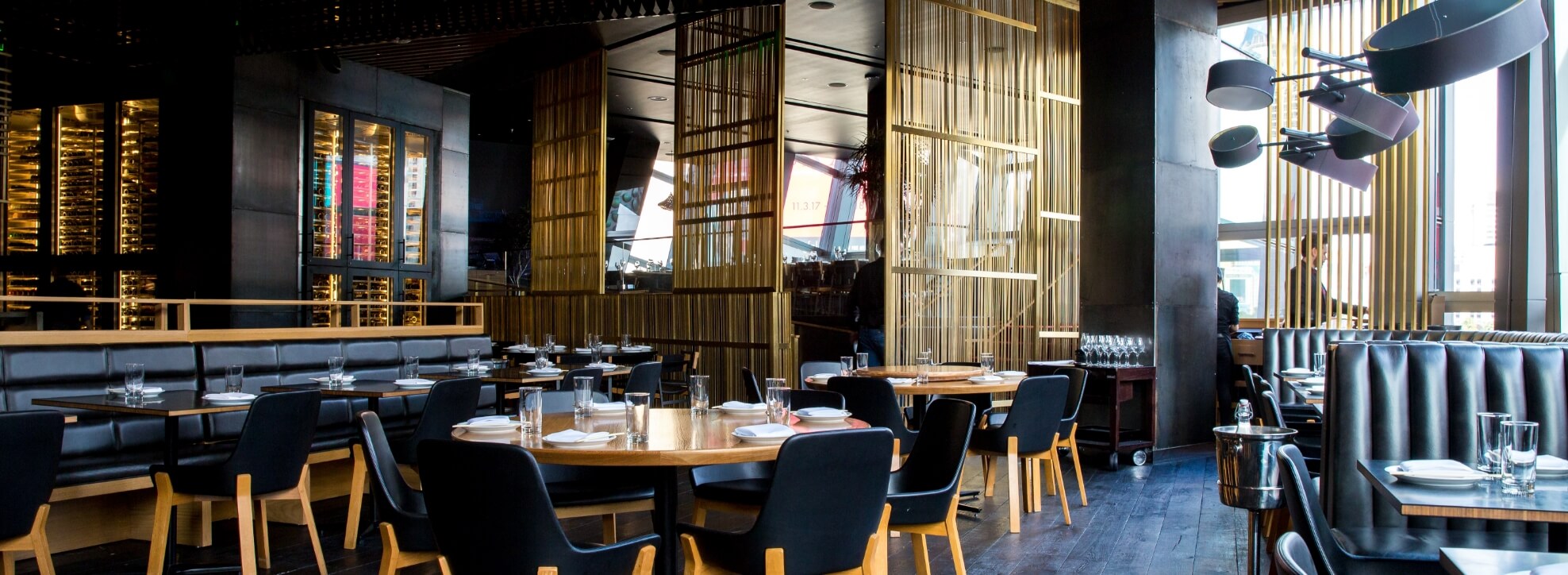Today, over 70% of POS systems are over two years old, and researching a new POS for implementation after 2023 is a priority for 43% of restaurants.
POS systems are the cornerstone of food services, and without the right software, your business can fall flat on its face fast. This is especially true if you’re in the fast food industry, as every second counts when serving your customers.
If you’re in the market for a new fast food POS system, then you’ll have to choose wisely to ensure you’re spending your money effectively. To help you out, here are eight things to consider when choosing one.
1. Identify Your Requirements First
We understand that it’s vital that you find a new POS system fast, so you might be eager to dive into the search immediately. However, if you aren’t clear about what your needs are, then it can be hard to determine whether or not a POS system is right for your fast food restaurant.
So first, sit down and make a list of the features and functionalities you’d like in a POS system. Consider the specific needs of your business, such as order management, menu customization, kitchen display integration, inventory tracking, reporting, and mobile/tablet support.
If you’d like to streamline things further, self-service kiosks aren’t a bad idea either. These place order control in the hands of your customers and leaves your employees free to perform other tasks.
2. Consider the Integration Capabilities
You probably already use many other essential pieces of software for restaurant management, and you won’t want to go through the hassle of purchasing, learning, and using new programs. This means it’s imperative that your new POS system integrates with your existing software.
For example, it should seamlessly connect to your accounting software, inventory management systems, online ordering platforms, and loyalty programs. In theory, it shouldn’t take much time or effort to get everything back up to speed after installing the new POS system.
3. Look at Speed and Efficiency
People eat at fast food restaurants because they’re exactly that: fast. While it’s mainly up to your kitchen staff to get food out fast, the POS system plays a part too.
Ideally, you’ll want one that can handle high transaction volumes quickly and efficiently. And part of that is having a user-friendly setup.
It’s common for fast food restaurants to have a high turnover of staff, so it’s crucial that you pick a POS system that’s intuitive and easy to learn. Not only will a user-friendly interface reduce training costs, but it can also save time and ensure your customers are still served in a speedy fashion, no matter if it’s your manager or a new hire taking their orders.
4. Check for Mobile Functionality
Nowadays, restaurants often take advantage of mobile devices to provide more efficient service to their customers. If you get a POS system with mobile functionality, this will give you a leg up on your competition.
For one, this enables you to offer curbside pickup. In addition, your staff can take orders and payments directly at people’s tables, as they can access the POS system through smartphones and tablets. As a result, this can shave minutes off wait times, which can make a huge difference in your customers’ decisions on whether they should come back.
5. See if It’s Scalable and Flexible
If there’s a good chance that you’ll expand your fast food restaurant, then a POS system that grows with your business is a must. Time is of the essence when scaling up, so you don’t want to waste your time vetting other POS systems that can accommodate your larger businesses.
This is why it’s important to ensure that the POS system can adapt to these changes without significant disruptions when you add new locations.
6. Make Sure It Has Excellent Security
POS systems contain a huge amount of data, both from you and your customers. Your reputation can be ruined in an instant if there’s a security breach and your customers’ credit card numbers are exposed and stolen.
When browsing your options, pick POS systems that comply with industry security standards, such as PCI DSS (Payment Card Industry Data Security Standard).
7. Verify That There’s Great Customer Support
A good POS system should function with no issues. But because it’s not a perfect world, even the most reputable providers may have occasional issues with their POS systems.
When this happens, you want to know that they’re there to fix your problems promptly. It’s vital that they have timely responses to queries and ongoing assistance if issues arise.
8. Compare Costs and Pricing
You might come across POS systems that are perfect for your company’s needs, but they may unfortunately be out of your budget. Or you might think a system has fantastic pricing, but you can’t be sure unless you compare the costs with several other systems.
Make sure you assess the overall cost of the POS system, including:
- Setup fees
- Hardware costs
- Licensing fees
- Ongoing monthly charges
When you compare the pricing structures of different providers, you might find that one has better value for money than all the others. This will enable you to find the best fit for your budget.
Choose an Outstanding Fast Food POS System
Your fast food POS system can make or break business, so don’t skimp on this. If your current system is old and outdated, then it’s recommended that you replace it with a more modern and efficient one right away.
By using the tips we’ve given you in this article, it shouldn’t be difficult to find one that suits both your needs and budget. As long as you carefully vet your options, you can’t go wrong.
If you’re interested in all-in-one restaurant POS software, then book a demo with Truffle now. Our restaurant management platform is so much more than a simple POS.





